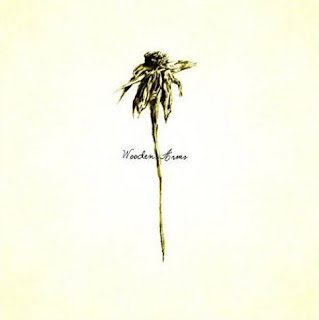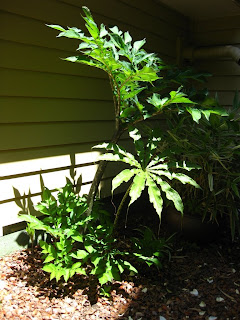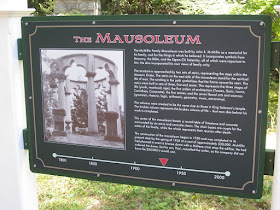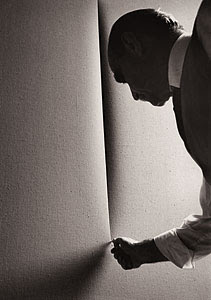
Been Here a Thousand Years is an Italian novel by Mariolina Venezia and translated into English by Marina Harss. It’s a story about five generations of the Falcone family and in particular, the strong women in the family. There is a handy, drawn genealogy chart in the front of the book that you can refer to as you read. The story is told by Gioia (at the end of the 20th century) about the generations that came before her. The book starts on March 27, 1861 (the day Rome was declared the capital of modern Italy) in the town of Grottole, a small town in Basilicata. The opening of the book is about a birth where the mother screams so loud that she breaks storage jars of olive oil which then runs through the streets of the small town. And so the first boy in the Falcone family, Oreste, is born. We later find out that is a bit of a f(l)op.
Venezia’s story bounces along a quick clip and she periodically gives a tantalizing peek into some quirky aspect of a character and then leaves it up to the reader to work out possible interpretations and plausible subplots. An example of such a peek is in Chapter 5 when Candida (one of the long line of strong women in the family) finds her uncle in a compromising situation. You are given the sketch but never again is the situation mentioned.
“Quietly she went down the stairs to the basement where she shared a bed with her aunt. There was a sudden flash. She opened the curtain and saw her uncle Oreste lying in a languid pose in front of a camera mounted on a tripod, wearing aunt Angelica’s clothes, as well as eye shadow and rouge on his cheeks.”
Comparison to Christ Stopped at Eboli are apt here because both stories cover the same region and time frame, but the styles are different. In Eboli, more or less autobiographical, Levi spends time fleshing out characters, giving back stories, and describing in detail the relationship of characters to the land. In Thousand Years, Venezia does the same but at much less of a scale assuming readers are familiar with the territory: poor Basilicata farmers dragged into modernity, suffering Fascism, Communism, and 1950s land reform. Venezia's goal, it seems, is to move the plot ahead to sketch out five generations of a family and to reflect on what changes and what doesn’t for the family as they pass through 150 years of tumultuous Italian history.














